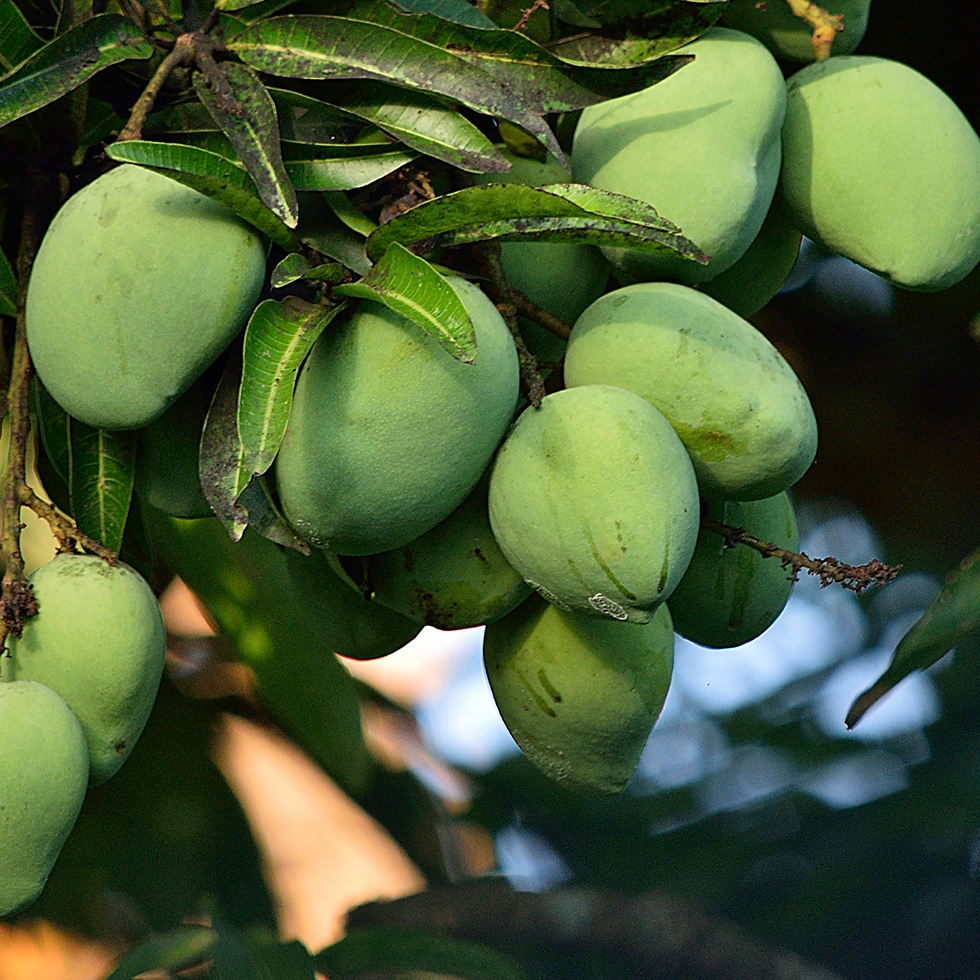Buxus Microphylla
Step-by-Step Guide to Repotting Buxus microphylla (Littleleaf Boxwood)
Choose the Right Time:
Repotting is best done in early spring, just before new growth starts. Young plants benefit from repotting every two years, while mature plants can be repotted every three to five years.Prepare Your Materials:
Select a pot that is slightly larger than the current one and has good drainage holes. Use a well-draining soil mix, ideally loamy and slightly acidic to neutral (pH 6.0–7.5). For bonsai, you can add pumice or gravel to improve drainage. Have clean, sharp scissors or pruners on hand.Remove the Plant from Its Pot:
Carefully take the Buxus out of its pot. If the plant is root-bound, gently tap the sides of the pot or squeeze it to loosen the root ball. Tease apart any circling or compacted roots with your fingers or a chopstick.Inspect and Prune the Roots:
Look for any signs of root rot or damage. Trim away dead, mushy, or unhealthy roots using sterilized scissors. For container or bonsai plants, you can also prune back the outer and bottom roots to encourage new growth.Prepare the New Pot:
Add a layer of fresh, well-draining soil to the bottom of the new pot. Place the plant so that the top of the root ball sits level with the rim of the pot or soil surface.Replant and Fill with Soil:
Hold the plant upright and fill in around the roots with fresh soil, gently firming it as you go to remove air pockets. Make sure not to bury the stem; the root flare should remain visible above the soil.Water Thoroughly:
After repotting, water the plant well to settle the soil and hydrate the roots.Provide Aftercare:
Place the repotted Buxus in bright, indirect light or partial shade for a few weeks to minimize transplant shock. Keep the soil consistently moist, but not soggy, while the plant re-establishes. Avoid fertilizing for four to six weeks after repotting to let the roots recover.Optional Mulching:
You can apply a thin layer of mulch around the base of the plant to help retain moisture and suppress weeds, but keep the mulch away from the main stem.
By following these steps, your Buxus microphylla will have the best chance to thrive in its new container.
Plant Care
Buxus microphylla Plant Care in Steps
-
Light: Place the plant in bright, indirect light or partial shade. It tolerates some shade but grows best with abundant, bright light. Avoid full sun exposure, which can scorch the leaves.
-
Watering: Keep the soil evenly moist but not waterlogged. Water regularly during the growing season, allowing the topsoil to dry slightly between watering. Avoid letting the soil dry out completely or become soggy.
-
Soil: Use well-draining, loamy soil with a slightly acidic to neutral pH (around 6.0–7.5). Good drainage is essential to prevent root rot.
-
Fertilizing: Apply a balanced fertilizer once a year in early spring to support healthy growth. A nitrogen-based fertilizer can be used in late autumn to stimulate root development.
-
Pruning: Prune at least once a year to maintain shape and encourage dense growth. For hedges or topiary, trim multiple times a year to keep foliage neat and healthy.
-
Repotting: Repot every 2–3 years or when the plant outgrows its container, preferably in early spring before new growth starts. Use fresh, well-draining soil.
-
Temperature and Humidity: Thrives in moderate temperatures and moderate humidity. Protect from extreme cold, heat, and harsh winds.
-
Pest and Disease Management: Monitor for common pests like boxwood leafminer, mites, and box tree moth caterpillars. Prevent fungal diseases like boxwood blight by ensuring good air circulation and avoiding overwatering.
Check Out the YouTube Channel
-
🆓🚚 Free Shipping
Enjoy complimentary shipping on us!
About The Product📋
Buxus microphylla, commonly known as Japanese boxwood or littleleaf boxwood, is a dense, slow-growing evergreen shrub native to Japan and Taiwan. It features small, glossy, dark green leaves that may bronze in winter and produces inconspicuous pale yellow flowers in spring. Valued for its compact, rounded form and fine-textured foliage, it is widely used in formal gardens, hedges, borders, and topiary. This hardy shrub thrives in well-drained soils with full sun to partial shade and is known for its low maintenance and resistance to pests like nematodes
.png)


























